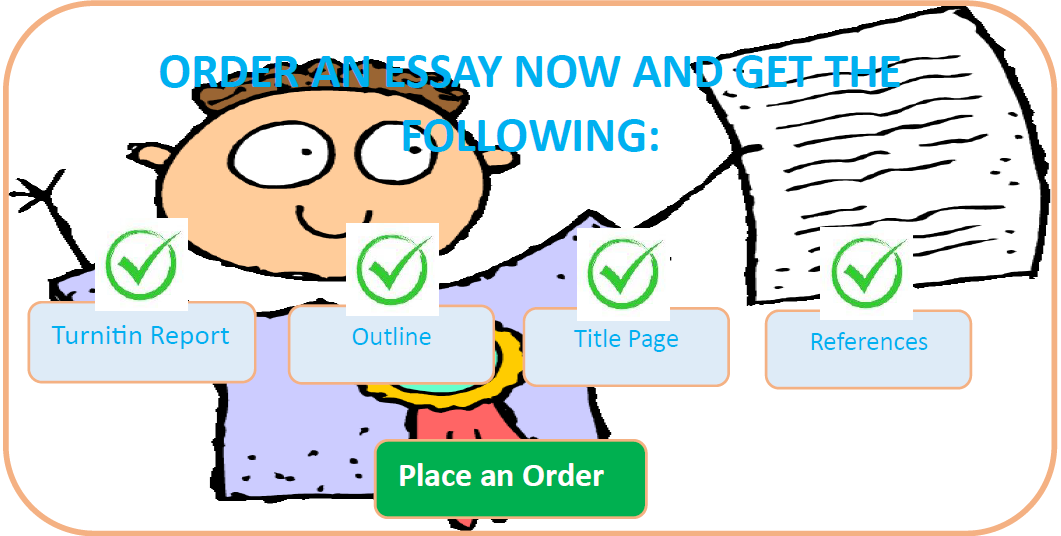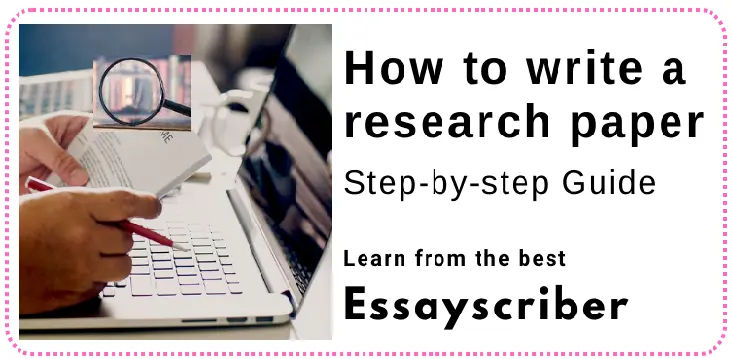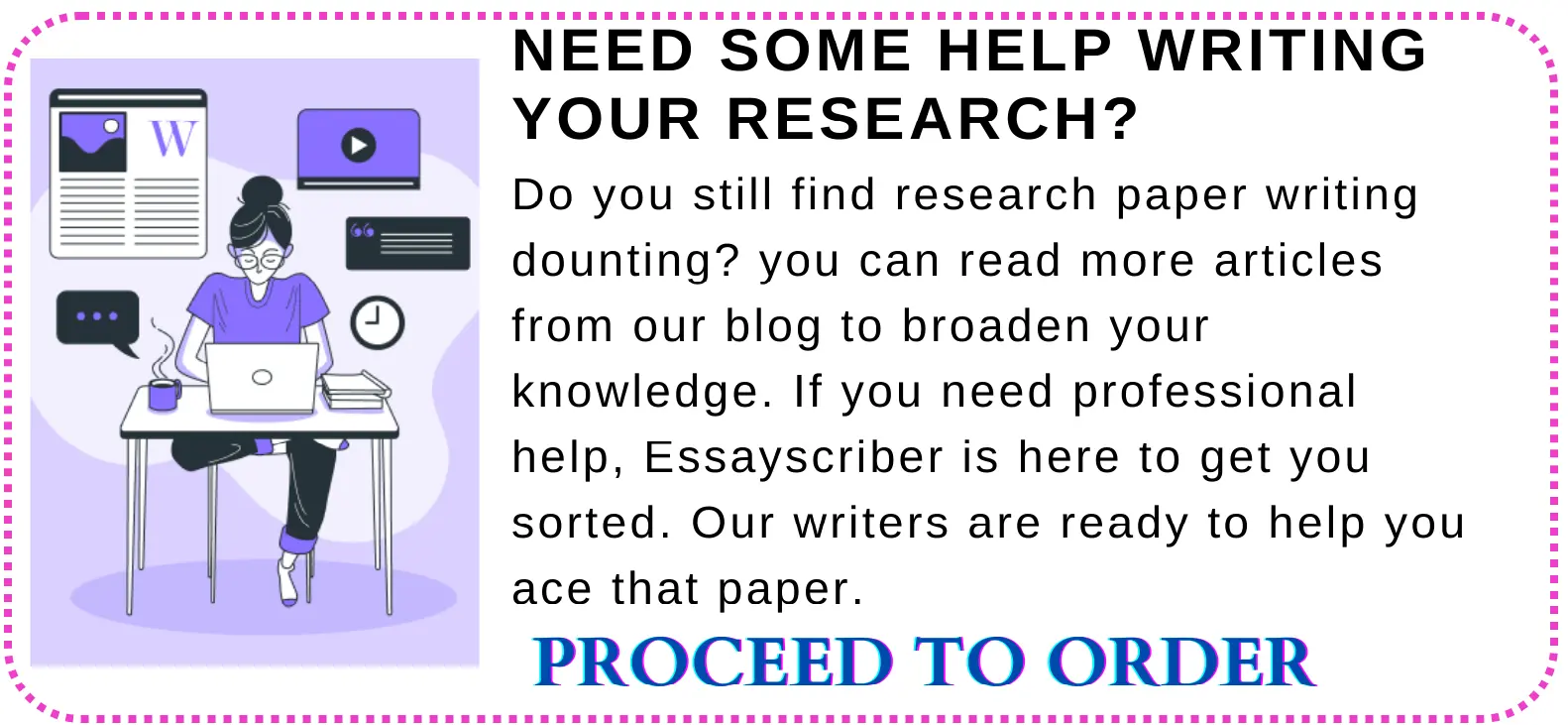Defining a research paper?
A research paper is like a special essay but a bit more in-depth because it seeks to answer a question about a particular topic. You write it when you want to learn more about a specific topic and then share what you’ve learned with others.
Imagine you have a big question in your mind, something you’re really curious about. It could be about history, science, a famous person, or even a social issue. A research paper is your way of finding answers to that big question.

What is the ideal length of a research paper?
When you’re starting a research paper, you might wonder how long it should be. Well, the answer is a bit like saying, “How long is a piece of string?” It depends on a few things. Generally, your teacher or the assignment instructions will give you a specific word count or page limit to aim for. But if they don’t, here’s a good rule of thumb: a research paper is usually about 5-10 pages long, but it can be longer if you have a lot of information to share.
The most important thing is to cover your topic thoroughly and make sure you explain everything clearly. Don’t make it too short and miss important details, but also don’t make it too long and include unnecessary stuff. So, try to stick to your teacher’s guidelines; if you’re unsure, you can always ask for clarification.
Preparing and Planning for Research Paper
Understand the instructions
To start your research paper, you must first understand what your teacher or assignment asks you to do. Look at the instructions carefully. Are there specific questions you need to answer or guidelines to follow? Make sure you know the due date, too. If you have any questions or parts of the assignment aren’t clear, don’t hesitate to ask your teacher for help.
Select a research topic if it is not given to you
Now, it’s time to pick a topic for your research paper. Think about something you’re interested in or curious about. It could be a hobby, a subject you’ve learned about in class, or a current issue that matters to you or your discipline. The key is to choose something you want to learn more about because you’ll be spending time researching it.
You can read more about selecting on our blog on essay writing.
Do some background research on the topic
Once you’ve picked your topic, it’s time to gather some basic information. Start by using books, websites, or even your school library to find out what’s already known about your topic. This helps you get a sense of what’s out there and what you can explore further in your paper. Take notes on important facts, ideas, and any sources you find.
Create a thesis statement
Your thesis statement is like the heart of your research paper. It’s a single sentence that tells your readers what your paper is all about. To create one, consider the main point or argument you want to make in your paper. What’s the most important thing you want people to understand after reading your paper? Your thesis statement should capture that idea. It’s like your paper’s roadmap, guiding you and your readers throughout the research process.
Organizing and Outlining Your Research Paper

Write your research paper outline
Creating a research paper outline is like making a roadmap for your paper. Start with the main topic or your thesis statement and then break it down into smaller sections or ideas. These smaller sections become the headings and subheadings in your outline. Under each heading, jot down the key points or arguments you want to include. This helps you organize your thoughts and ensures that your paper flows logically. It’s like having a plan before you start writing, making the writing process much smoother. Plus, it’s easy to see if you’re missing any important information. So, remember, a research paper outline is your guide to keeping your paper organized and on track.
The writeup
Start with your first draft
Start by putting your ideas on paper. Don’t worry too much about perfection at this stage. Just focus on getting your thoughts down in a logical order based on your outline. You can always revise and improve later.
Paragraph structure
A paragraph is a group of related sentences about one main idea. Begin with a topic sentence that introduces the main point of the paragraph. Then, provide supporting details or evidence, and end with a concluding sentence that wraps up the idea. This structure helps your reader follow your thoughts.
TEEL is a useful paragraph structure for organizing your ideas in academic writing. TEEL stands for Topic sentence, Explanation, Evidence, and Link. Here’s how to use it:
- Topic Sentence (T): Start your paragraph with a clear topic sentence that introduces the main point or idea you want to discuss. This sentence sets the stage for what your paragraph is about.
- Explanation (E): After your topic sentence, explain or elaborate your main point. This is where you clarify and expand on your idea, giving your reader a deeper understanding.
- Evidence (E): Next, present evidence to support your explanation. This could be quotes from research, statistics, examples, or facts. Your evidence should back up what you’ve explained and make your argument more convincing.
- Link (L): Finally, wrap up your paragraph with a link sentence. This sentence connects your paragraph back to your thesis or the main topic of your essay. It shows how your point relates to the broader context of your paper.
Example paragraph
Here’s an example of a paragraph about cats:
“Cats are known for their independent nature. Unlike dogs, they don’t require constant attention and can entertain themselves for hours. Many cat owners appreciate this quality, as it allows for a more flexible lifestyle. For instance, when a cat owner has a busy day at work, their feline companion can peacefully nap or play with toys, requiring less immediate care.”
Cite the sources of your information
When you use information from books, websites, or other sources, it’s essential to give credit to those sources. This is called citing. In your paper, you can cite sources by adding a small note in the text or listing them in a bibliography at the end. Proper citation shows where you found your information and helps support your arguments.
Write the introduction
The introduction is like the “hello” of your paper. Start by introducing your topic and its importance. Then, lead to your thesis statement, which is the main point of your paper. The introduction should grab your reader’s attention and give them a clear idea of what to expect in your paper.
Write the body
The body of your paper is where you explain your main ideas and provide evidence to support them. Each paragraph should focus on one point, and they should connect logically. Use your research to back up your claims, and make sure your arguments are clear and persuasive.
Conclude your paper
In the conclusion, summarize the key points you’ve made in your paper. Restate your thesis statement and show how you’ve proven it with your research and arguments. The conclusion should leave a strong impression on your reader and tie everything together.
Revise and Edit
Your second draft
After you’ve finished your initial draft, it’s time to create a second draft. This is where you make significant improvements to your paper. Don’t worry about small errors just yet; focus on refining your ideas, structure, and overall clarity.
Revise effectively
Revision means making your paper better. Start by reading your first draft carefully. Look for places where your ideas could be clearer or where sentences could flow better. Pay attention to grammar, spelling, and punctuation, but don’t get too caught up in these details just yet. Focus on the big picture first.
Main concerns
Begin by addressing the global concerns in your paper. These are the major issues like the overall organization, the strength of your thesis, the clarity of your arguments, and whether you have enough evidence to support your points. Make sure each paragraph connects logically to the next.
Minor but important issues
After tackling the global concerns, it’s time to focus on the finer details. Check for grammar and spelling errors. Make sure your sentences are clear and concise. Look at your word choice – are you using the best words to convey your ideas? Proofread carefully, and consider using tools like spell checkers and grammar checkers.
Research paper checklist
A research paper checklist is a handy tool. It’s a list of things to review before your paper is final. Some items on your checklist might include checking your citations for accuracy, verifying that you’ve followed formatting guidelines (like MLA or APA), and ensuring your paper meets any specific requirements from your teacher.
This checklist reminds you of all the steps you should go through to ensure your research paper is in top shape. It can include items like:
- Have you stated a clear thesis?
- Are your paragraphs well-organized?
- Are your sources properly cited?
- Is your paper free from grammar and spelling errors?
- Does your conclusion effectively summarize your main points?
Finalizing and Proofreading
Cite your sources correctly
Citing your sources correctly is crucial to give credit to the people whose work you’ve used in your paper and to avoid plagiarism. Here’s how to do it right:
- Use a citation style: Your teacher may have specified a particular citation style like APA, MLA, or Chicago. Ensure you understand that style’s rules and apply them consistently throughout your paper.
- Include all necessary information: When citing a source, provide all the relevant information, such as the author’s name, publication date, title of the work, and page numbers (if applicable). The format will depend on the citation style you’re using.
- Use citation tools: Some citation generators and software (e.g., Zotero, EndNote, Mendeley) can help you correctly create citations. Just input the source information, and they will format it for you.
- Double-check your citations: Before finalizing your paper, review your citations again to ensure they are accurate and complete. Mistakes in citations can negatively affect your paper’s credibility.
Edit and proofread
Editing and proofreading are the final steps to make your paper error-free and polished:
| Editing |
| Start by reviewing the overall structure and flow of your paper. Make sure your paragraphs follow a logical order and that your ideas connect smoothly. Check for repetition or any parts that may need more explanation. Ensure your thesis statement is clear and well-supported throughout the paper. |
| Proofreading |
| After editing for content and structure, it’s time to focus on grammar, spelling, and punctuation. Read your paper carefully, word by word, to catch errors. Pay special attention to common mistakes like subject-verb agreement, verb tense consistency, and spelling errors. You can also use grammar and spell-check tools, but don’t rely solely on them; human proofreading is essential. |
| Read Aloud |
| One helpful proofreading technique is to read your paper aloud. This can help you catch errors that you might miss when reading silently. It also helps you assess the overall flow and clarity of your writing. |
| Seek Feedback |
| Consider asking a friend, family member, or teacher to review your paper. Fresh eyes can spot issues you might have overlooked. |
| Take Your Time |
| Don’t rush the editing and proofreading process. It’s a critical step in making your paper the best it can be. Take breaks if needed to maintain focus and effectiveness. |
Tools and Resources
Google Scholar
Google Scholar is a search engine specifically designed for finding scholarly articles, research papers, and academic sources. It’s a valuable tool for research because it helps you locate credible and peer-reviewed materials related to your topic. You can use it to access academic journals, books, conference papers, and more.
Zotero
Zotero is a reference management tool that helps you organize and cite your sources easily. It allows you to collect, store, and organize your research materials, including articles, books, and web pages. Zotero can also generate citations in various styles (APA, MLA, Chicago) and help you create bibliographies for your research paper.
FocusWriter
FocusWriter is a distraction-free writing application. It provides a clean and simple writing environment without the clutter of other applications or notifications. It’s great for students who want to concentrate on writing their research papers without distractions.
Google Charts
Google Charts is a tool for creating visual representations of data and information. You can use it to make charts, graphs, and interactive visualizations to illustrate your research findings or add visual appeal to your paper. It’s especially useful when you need to present data in a more accessible and engaging way.
Grammarly
Grammarly is a writing assistant that checks your grammar, spelling, and punctuation. It also provides suggestions for improving your writing style and clarity. You can use Grammarly to proofread and edit your research paper, ensuring it’s free from common writing errors and reads smoothly.
Turnitin
Turnitin is a plagiarism detection tool used by educational institutions to ensure the originality of academic papers. When you submit your paper through Turnitin, it checks for similarities with other sources, helping you avoid unintentional plagiarism. It’s an essential tool for maintaining academic integrity in your research paper.
Conclusion
In summary, writing a research paper involves key steps, from understanding the assignment and choosing a topic to conducting research, crafting a thesis, and organizing thoughts with tools like TEEL paragraph structure. Utilizing resources like Google Scholar, Zotero, and Grammarly can enhance the process. Proper citation and thorough editing ensure academic integrity and clarity. Embracing this structured approach not only aids in academic success but also hones essential skills for effective communication and critical thinking that extend beyond the classroom.

